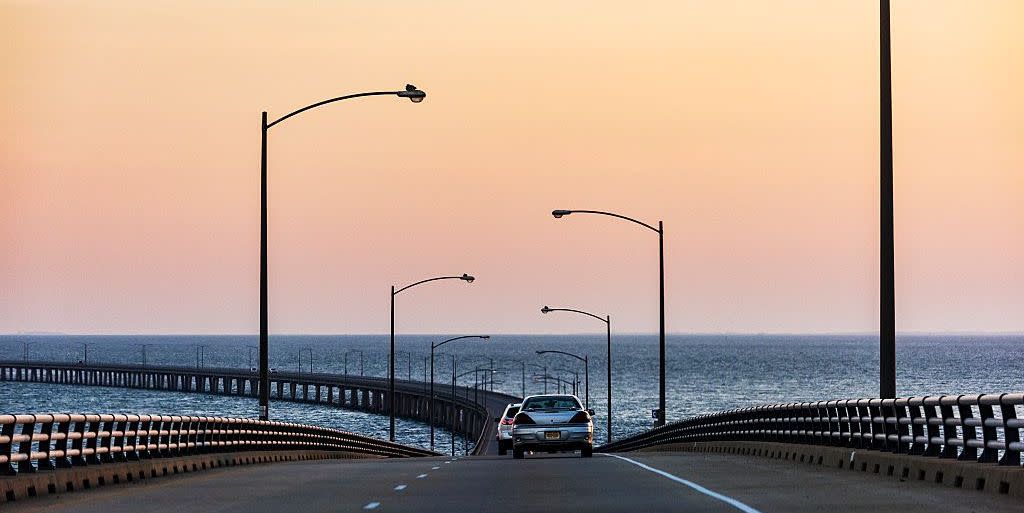Add This African-American History Road Trip to Your to-Do List

In the Mid-Atlantic's Chesapeake Bay watershed, an unprecedented project to document African American cultural and historical sites is officially underway.
Thanks to a partnership between the National Trust for Historic Preservation, the National Park Service Chesapeake Bay, the Chesapeake Conservation Partnership, and the states of Maryland, Pennsylvania, and Virginia, $400,000 has been raised to not only map, but also conserve sites of interest to the African American community.
"Historic sites and landscapes important to people of color are widely underrepresented in documentation and conservation priorities," the The National Trust for Historic Preservation said in a statement. "This work will take one small step towards addressing that deficit."
The Chesapeake region's African American history spans centuries. "The role of the African American watermen in the development of the fisheries of the Chesapeake Bay, from oystering and crabbing to processing and boatbuilding, cannot be overstated," Julie V. Langan, Director of the Virginia Department of Historic Resources, said in a statement.
Of course, there's also a slavery-driven colonial past, when tobacco plantations flourished—Harriet Tubman and Frederick Douglass were enslaved here—as well as numerous Civil War ties. And civil rights battles were fought on this ground, too.
"Mapping African American historic places within the Chesapeake watershed is a critical first step in making sure that these places are protected and that their stories are told," Katherine Malone-France, Chief Preservation Officer of the National Trust, said in a statement. "We look forward to identifying the places that are deeply meaningful to both their communities and our shared national heritage."
The program, whose ultimate goal is to tell a "fuller American story," will begin with several pilot projects across the region that seek to experiment with data-gathering methodologies—the information recorded through these projects will then be used to inform conservation efforts, including protecting them from encroaching land use or development plans.
As the project develops over time, information about the sites will be listed publicly, and in our book, that has the makings of a brilliant DIY history-themed road trip.
Follow House Beautiful on Instagram.
You Might Also Like


